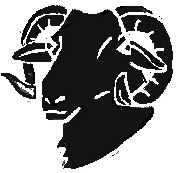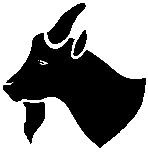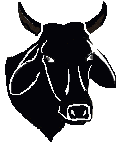Shaping the future: Our strategy for research and innovation in humanitarian response.

Shaping the future: Our strategy for research and innovation in humanitarian response.

Hi! Let me introduce myself: my name is Zak, and I’m a tool created to provide clear information regarding the good management of livestock farming. Actually, it was right back in 1973 that my creator, Guy Van Vlaenderen, started trying to develop a suitable tool to analyse the performance of farmed animals in traditional environments in sub-Saharan Africa. When trying to improve the extensive farming system, it’s essential to be able to analyse the zootechnical parameters of the livestock in order to detect those presenting weaknesses and then seek the causes, together with the farmers, in order to implement corrective measures.
This tool can address problems that occur at a higher level as well: it can help governmental departments responsible for agriculture, along with different organisations dealing with development aid. For if we don’t have any reliable data on livestock farming, how can we hope to assess the impact of livestock development projects ? And how to motivate donors to invest in this domain?
This lack of any means for evaluating the zootechnical parameters also affects humanitarian organisations: how to measure the impact natural disasters (severe droughts, insects plagues) or conflicts (war) have on livestock? How to trace and evaluate the results of restocking programs?
During an evaluation of a small animal restocking operation led by an international NGO to benefit families affected by a catastrophic drought, my designer came up with the idea of creating something with the aim of facilitating data collection. The methodology, based on records of the history of each of the animals received (10 females and 1 male), worked very well, even among the illiterate. We used a ‘playing board’, ‘tokens’ of different sizes and colours to represent the sex and the age category of the animals, and pictures representing the seasons and the reason why any animal “exited” the herd (death, sale, etc.). This made the exercise more accessible, more fun and ensured the collection of really reliable data. The NGO was thus able to properly assess the impact of its vast restocking operation.
Over the course of time, the tool underwent regular improvements, especially in respect to the records of information collected and the operating data files (in ‘Excel’) which automate the calculation of the parameters and activate the alert signal in case of mediocre zootechnical results. This tool was used in different projects, some of which concerned Vétérinaires Sans Frontières Belgium. On the whole the results were convincing, and the parameters thus obtained, even if fragmentary, were appreciated by a number of departments in charge of livestock.
Unfortunately, the ‘Excel’ tool has its limits: clustering survey data from different programs was particularly difficult. Moreover, the data collection sheets and images and the operating data files had to be continuously re-adapted to the specific conditions of each project!
Luckily, encouraged by the interest in the tool, the NGO Vétérinaires Sans Frontières Belgium started negotiations with the Humanitarian Innovation Fund (HIF), aimed at developing a software which will be much more flexible and user-friendly.
After a thorough analysis of the document prepared by Vétérinaires Sans Frontières Belgium, the project (that’s me, Zak!) was accepted at the beginning of this January. The major milestones of phase 1 were covered in detail during the Kick Off meeting on 21 January 2014. With the support of a motivated developer, Guy Detienne, I am now starting to take shape. The basic elements of the program have been established and the different tools of the ‘Excel’ version adapted. A first version of my software should be available in March 2014, and tests can then begin, together with some partner organisations.




 Please upgrade your browser
Please upgrade your browser
You are seeing this because you are using a browser that is not supported. The Elrha website is built using modern technology and standards. We recommend upgrading your browser with one of the following to properly view our website:
Windows MacPlease note that this is not an exhaustive list of browsers. We also do not intend to recommend a particular manufacturer's browser over another's; only to suggest upgrading to a browser version that is compliant with current standards to give you the best and most secure browsing experience.